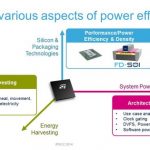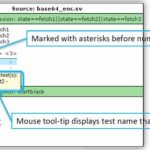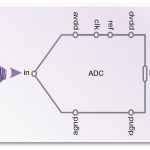If you have read the white paper recently launched by Dolphin, “New Power Management IP Solution from Dolphin Integration can dramatically increase SoC Energy Efficiency”, you should already know about the theory. This is a good basis to go further and discover some real-life examples, like Bluetooth Low Energy (BLE) chip in … Read More
Tag: clock domain
Aldec updates two EDA product lines
Continuous, incremental improvement based on customer feedback and insight from researchers is a pillar of the Aldec EDA strategy. Within the last two weeks, two of the Aldec product lines – Riviera-PRO, and ALINT-PRO-CDC – have seen new version releases. Here’s a quick look at some of the highlights of both.
Riviera-PRO 2015.06… Read More
Stick to the script for repeatable FPGA-based prototyping
70% of today’s ASIC and SoC designs are being prototyped on FPGAs. Everybody knows that. But, did you know that automating the process of converting what could be thousands of ASIC “golden” files into FPGA-friendly versions can mean big savings in a large design?… Read More
Integrating your SoC into the analog world
Our world is decidedly analog, made up of stimuli for our five basic senses of sight, touch, hearing, taste, and smell, and more advanced senses like balance and acceleration. To be effective on the Internet of Things, digital devices must integrate with the analog world, interfacing with sensors and control elements.… Read More





